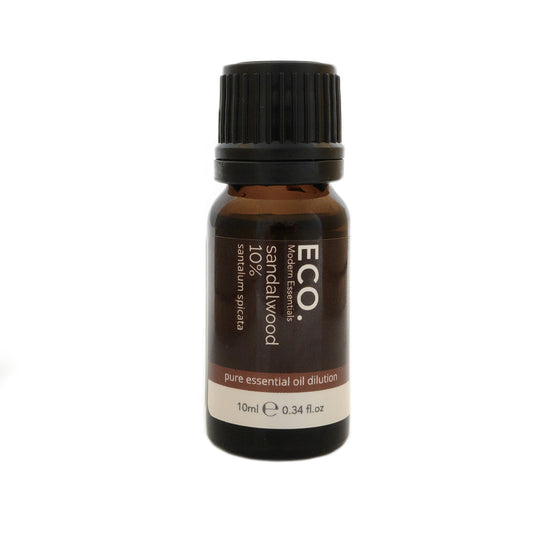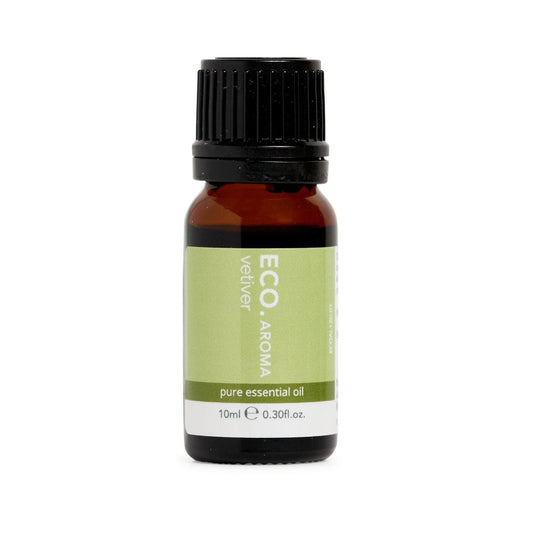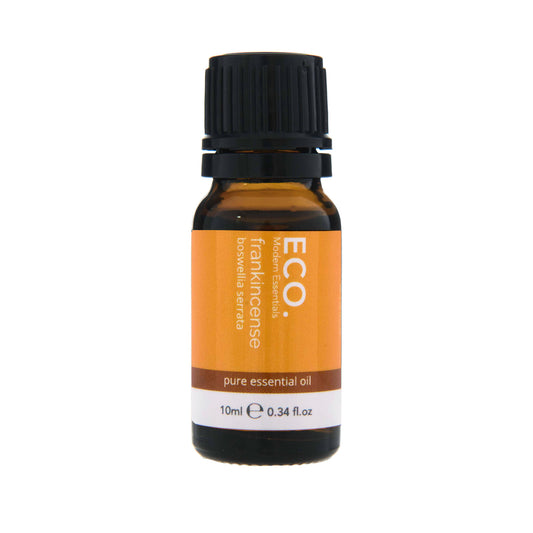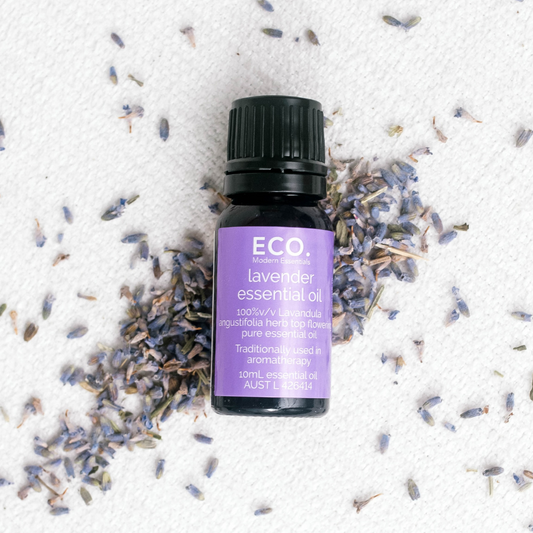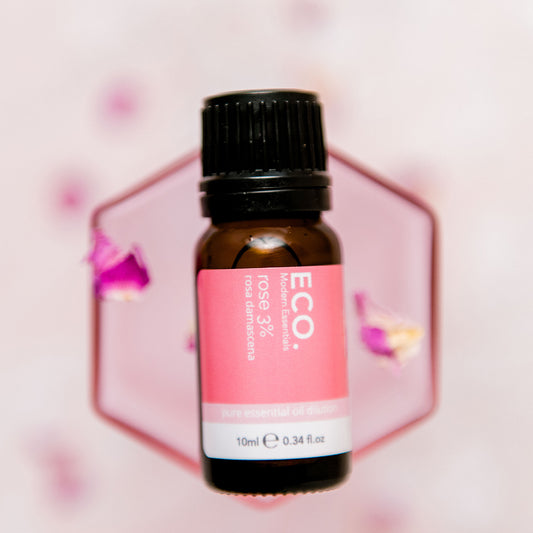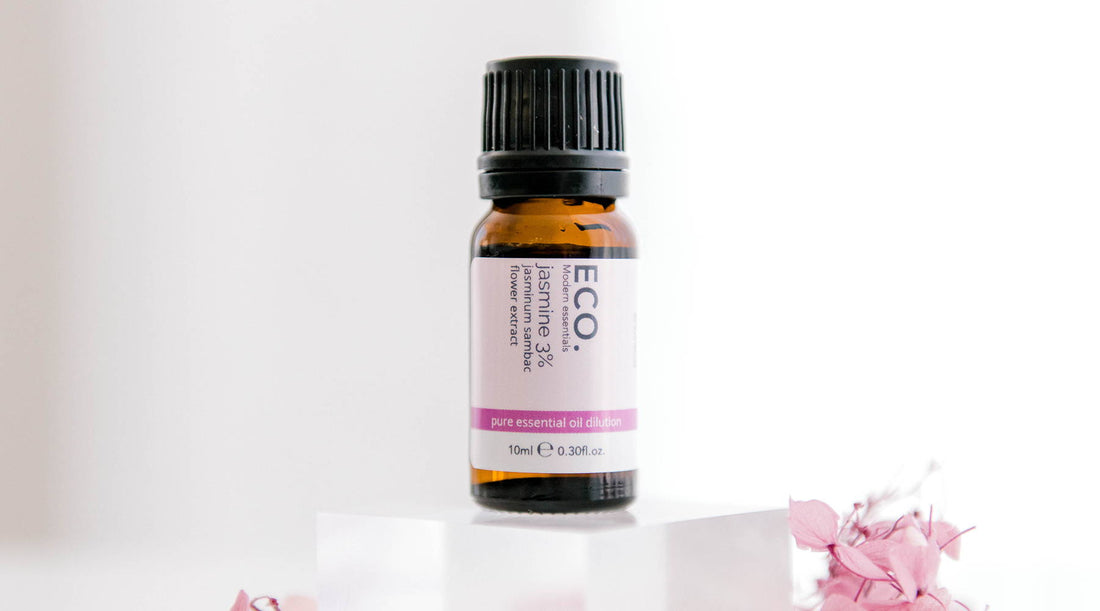
Essential Oils for Postpartum
The journey of conception, pregnancy and birth is one of the most life-changing rites of passage a woman will ever have. The amount of preparation, support and care required during this precious time is well known and integrated in modern society. However, the incredible process a woman goes through after giving birth is often less spoken about and celebrated in our culture. Commonly referred to as matrescence, the rite of passage from maiden to mother and the accompanying range of physiological, emotional and spiritual changes it involves is truly a process to be honoured and supported.
Traditional postpartum care
On the other side, many traditional cultures consider postpartum to be a special time in a woman’s life and will adopt specific practices to support and care for the mother and baby. Many of these cultures consider the first four to six weeks after birth to be a time of great integration and healing for the mother. This sacred window of time is an opportunity for the mother to rest, recover, heal, transform and bond with her newborn baby. Cross-cultural similarities in traditional postpartum care include organised support, rest, specific foods, physical warmth practices and rituals. A few examples of these cultural traditions include the Zuo Yue Zi or “sitting the moon” in China, a 40 days confinement period where the woman is encouraged to rest and is fed special herbal soups and broths by her mother or relatives; the Yu Kam or “fire bed” practice in Lao, where women are encouraged to rest on a bamboo bed over hot coals for the first few weeks as well as being bathed in hot water and fed special broths and teas; the Cuarentena in Mexico, referring to the first 40 days after birth where a women is encouraged to rest and receive specific treatments such a full body massage, belly binding and consume a specific diet.
The energetics of postpartum
In both Ayurvedic medicine and Traditional Chinese medicine, two of the oldest healing systems in the world, postpartum is considered to be a state of imbalance. The woman’s body is seen as open, cold, dry and fragile. A newborn mother is believed to be more susceptible to cold entering in her body and prone to developing illnesses. Pregnancy is also considered one of the most energetically open state a woman will ever be in, acting as a portal between the spirit and the material world. Therefore, postpartum is a time of deep integration where the many pathways that have been opened during pregnancy and birth need to be closed. Many practices and rituals support these beliefs with warming and grounding practices. Some of these practices can include full body and abdominal massage, belly binding, warm herbal baths and nourishing foods. Practices such as massage, herbal bath, belly binding and womb warming can be supported by the use of appropriate essential oils, enhancing the warming and grounding qualities of the treatments. Essential oils can also be used to help promote sleep and improve sleep quality, as well as to calm the nervous system through this period of great change.
Essential oils for Postpartum
The best essential oils to use during the postpartum period are grounding and warming oils such as Sandalwood, Vetiver, Ginger and Frankincense combined with calming and sedative oils such as Lavender, Jasmine, Rose and Melissa. Blends such as the Root Chakra Blend, Sleep Blend and Anxiety Blend can also be used to ground and calm the nervous system and support sleep.
How to use essential oils in postpartum
The first few weeks following birth is a time of great receptivity and sensitivity. For this reason, it is best to start with a 1% dilution when using essential oils. If you intuitively feel like your body is ready to accept more, you can increase to a regular 2.5% dilution. The recommended carrier oil for massage and womb treatment in postpartum is cold pressed black sesame oil, due to its warming and therapeutic qualities. In Ayurvedic medicine, black sesame oil is considered to be highly medicinal and penetrate all 7 tissues of the body. Jojoba or Sweet Almond Oil can also be used for a lighter feel if black sesame oil doesn’t feel right.
Connection: Take 3 deep breaths, inhaling your favorite calming essential oil straight from the bottle. Keep your eyes closed. Take this time to connect with and feel into your body. You can use this practice to ground yourself while your baby is asleep or before going to sleep.
Massage: Set yourself up comfortably on a towel in a warm space. Use a 1% dilution (6 drops essential oil per 30ml carrier oil). Choosing one or many of the recommended oils, massage your body from head to toes, using long strokes on the limbs and circles around the joints. You can keep your baby next to you and take this opportunity to give your baby a massage using a simple carrier oil like black sesame, jojoba or sweet almond.
Bath: Run a warm bath and add 1-2 drops of chosen essential oil along with a carrier oil of choice and epsom salts. Let yourself be soothed by the warming, nurturing and healing properties of the oil. Avoid using cinnamon and ginger in the bath.
Womb warming: Lie down over a towel on the bed. Using a 2.5 % dilution (5 drops per 10ml of carrier oil), choose one or a few of your favourite warming essential oils and add it to a carrier oil. Apply to the womb area and massage softly. This practice will not only help warm the uterus, but it will also help you reconnect to your womb space after birth.
Diffuser: Add 5 drops of your desired essential oil or blend to the diffuser. Diffuse for up to 30 minutes, waiting a couple hours between sessions. Use the diffuser around open spaces in the home such as the living room or large bedroom.
Considerations and precautions:
Essential oils should not be used around children under the age of 2 due to their highly concentrated therapeutic qualities. Care must be taken when applying essential oils to the mother’s body to limit exposure to the newborn baby. This may be achieved by wearing clothes over the body after an oil massage, or washing the oil off. If using essential oils for sleep, it is best used over a pillow or a tissue next to the mother. If using essential oils in a diffuser around the house, reduce the number of drops and limit diffusing time to 30 minutes, making sure to keep baby away from the steam. Babies are naturally attracted to their mother’s natural smell and it is recommended to avoid using perfumes, fragranced creams or oils in the early months to facilitate the newborn’s attachment and connection to the mother.


